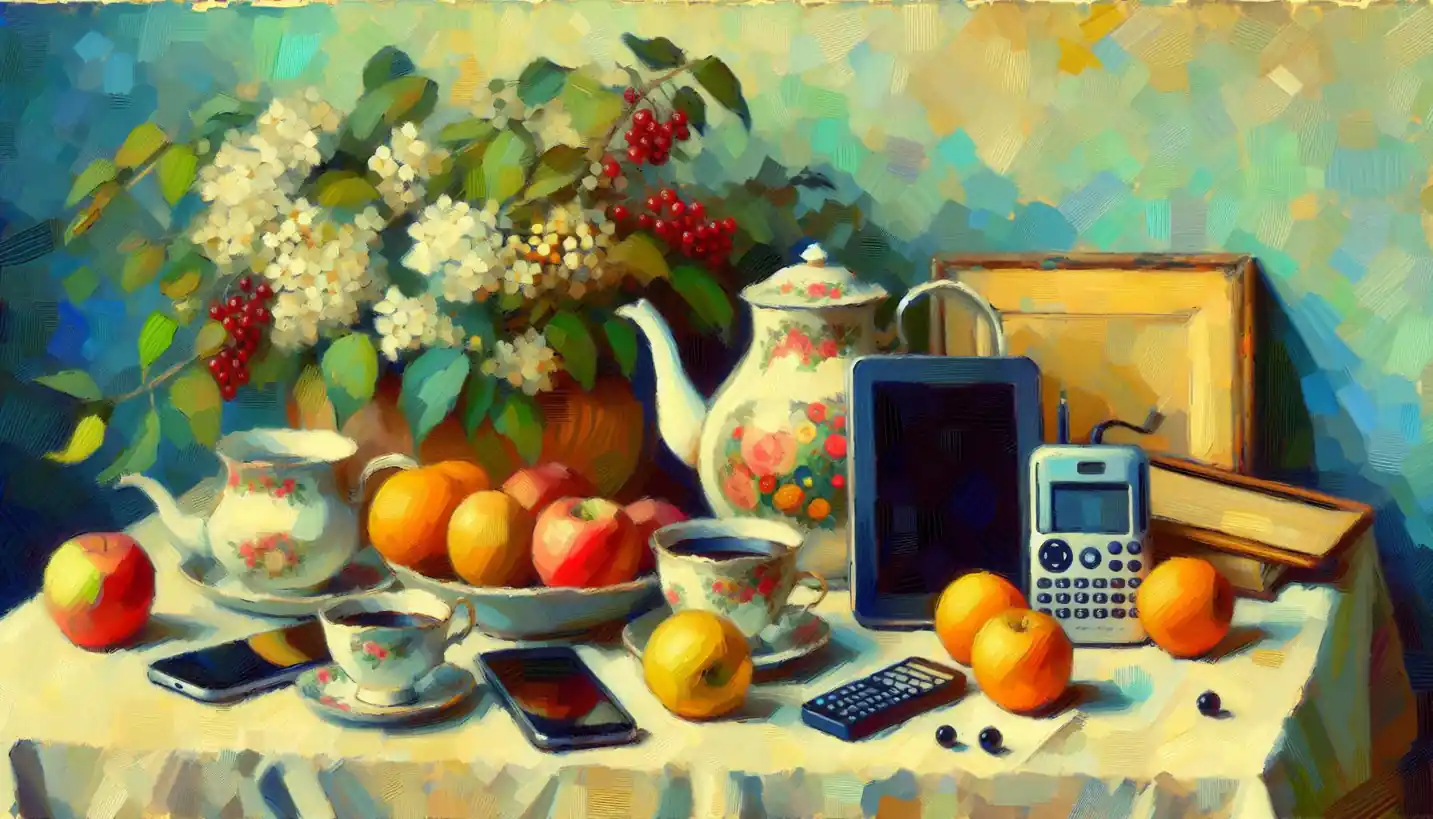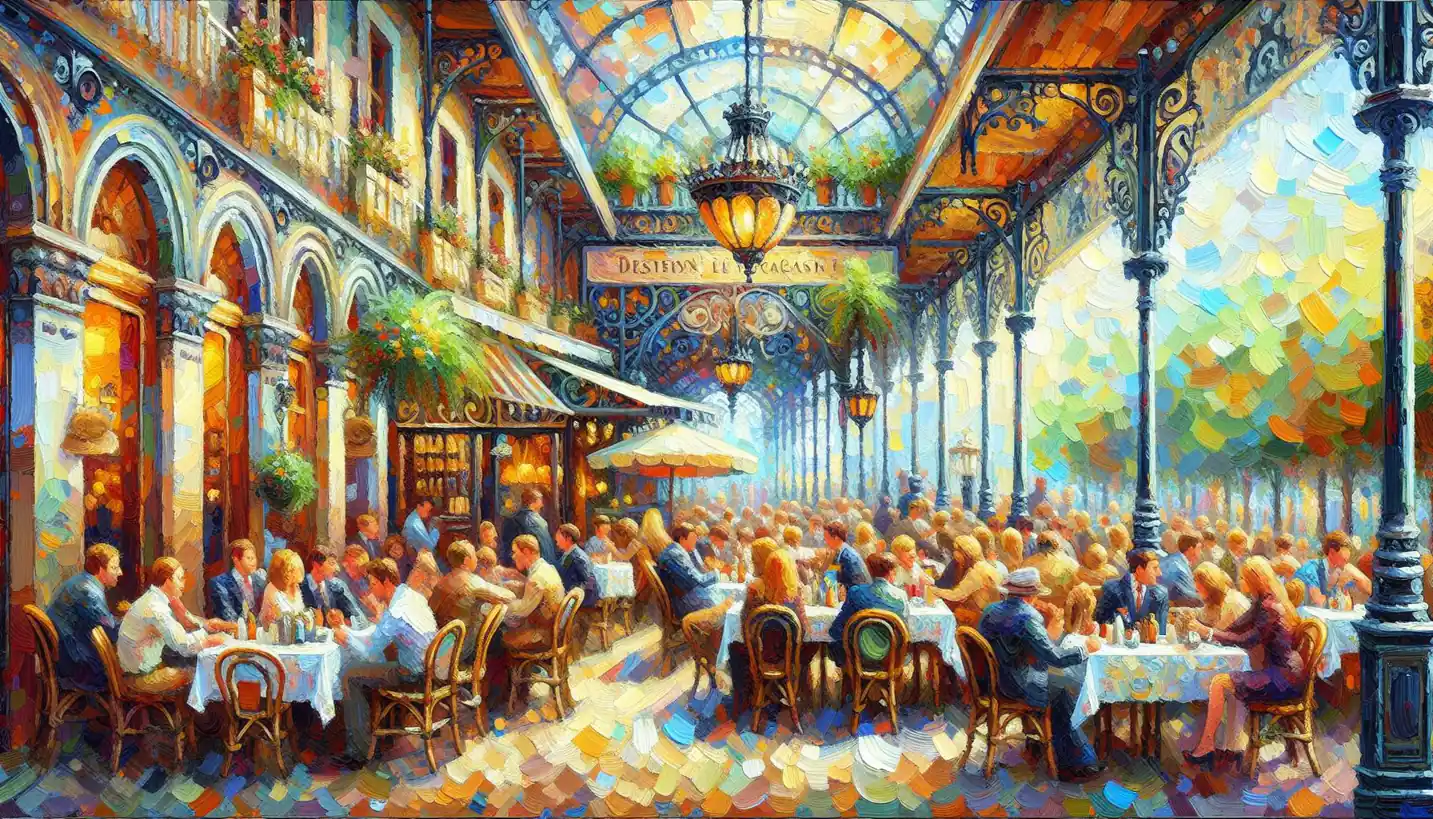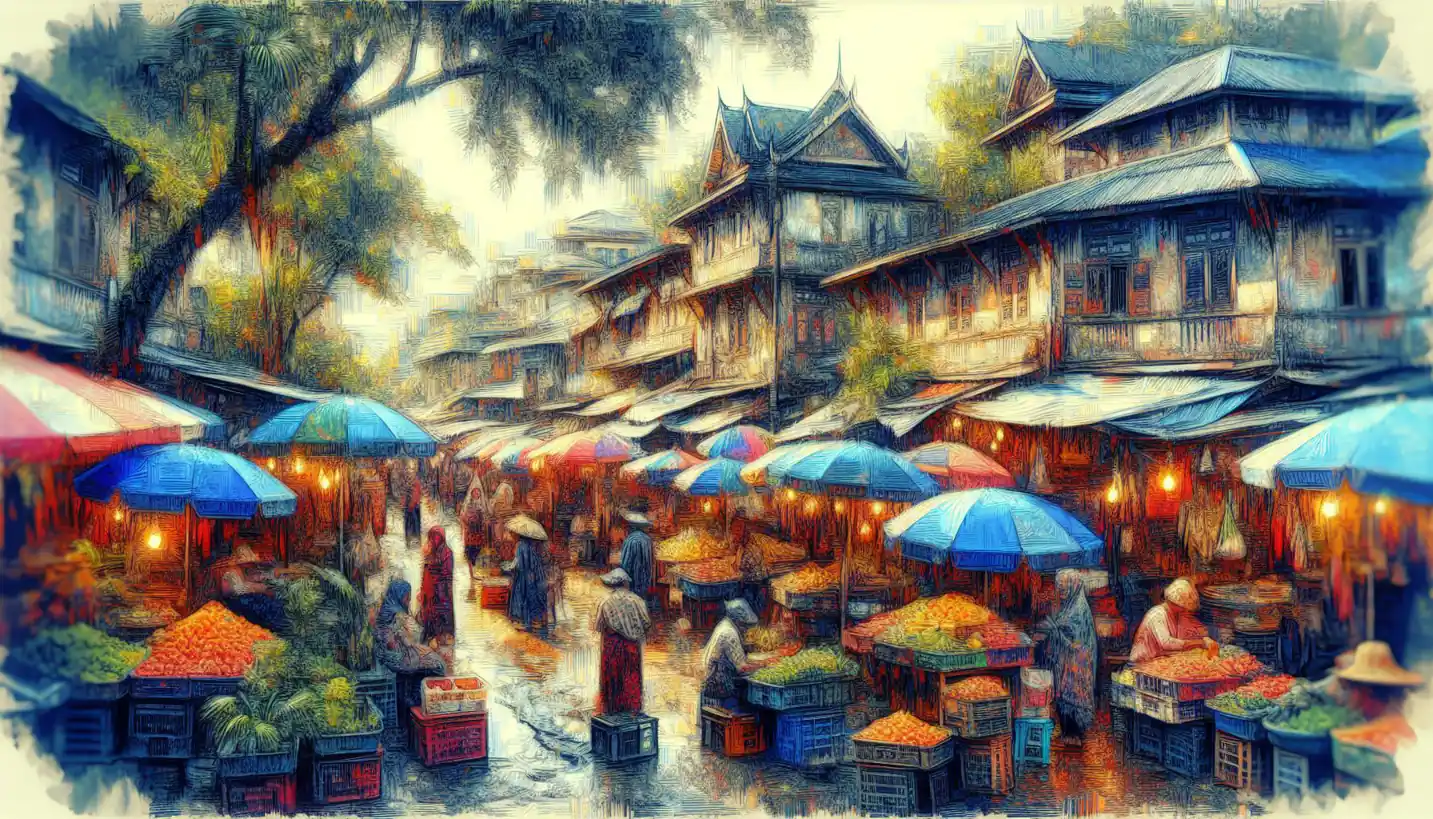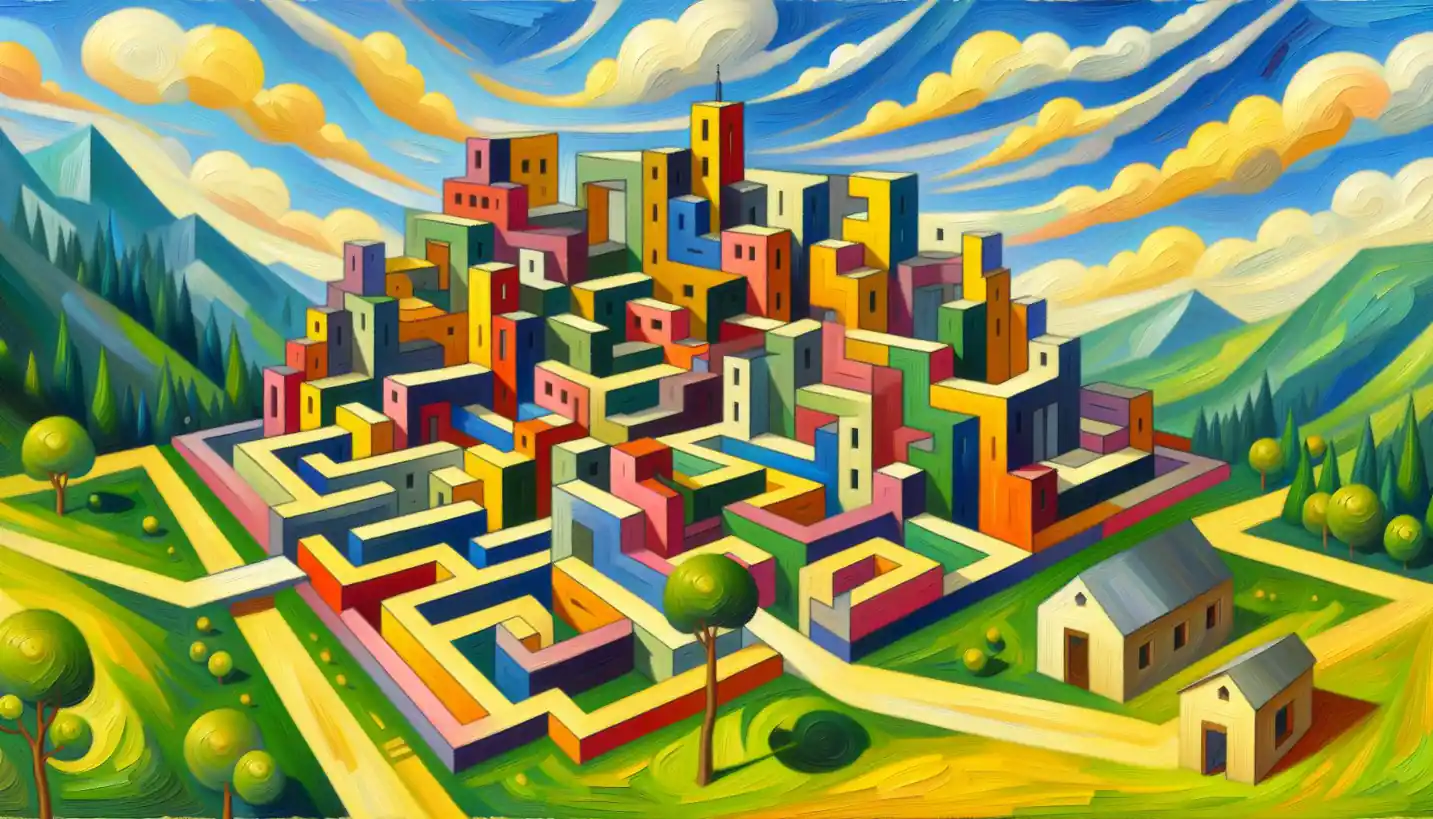· Art · 4 min read
Portico: A Timeless Piece of Architectural Elegance
Porticos offer timeless elegance, inviting us to appreciate the blend of architectural beauty and functional design.

Standing before a grand building, you might notice an elegant series of columns supporting a roof—a portico. This architectural feature has charmed civilizations for centuries, blending both functionality and beauty. From ancient temples to modern public buildings, the portico remains a symbol of architectural grace.
Porticos have played a significant role throughout history, and their designs can tell us much about the eras and cultures they originate from. This architectural element isn’t just about aesthetics; it’s about welcoming people into spaces with grandeur and style.
The Origins of the Portico
The earliest porticos date back to ancient Greece and Rome. Imagine bustling ancient cities with their majestic, columned buildings. These structures were the heart of civic life and culture. The Parthenon in Athens is a classic example, where porticos feature prominently, symbolizing wisdom and offering a sense of openness.
Porticos served both decorative and practical purposes. They provided shelter from the weather, creating spaces where people could gather and socialize regardless of rain or shine. This blending of utility and beauty is part of what has made porticos endure through the ages.
Porticos in Renaissance and Neoclassical Architecture
Fast forward a few centuries, and you’ll find porticos making a comeback during the Renaissance and Neoclassical periods. These eras sought to revive the classical principles of Greek and Roman architecture. Buildings like the Pantheon in Paris or the United States Capitol in Washington, D.C., showcase grand porticos that echo the classical age while serving as important civic landmarks.
These porticos not only served as architectural statements but also represented the power and stability of the institutions they adorned. They told stories of human achievement, innovation, and a connection to the classical past.
Modern Porticos: A Blend of Old and New
In contemporary architecture, porticos have evolved yet retained their essence. They can be seen in homes, schools, government buildings, and even commercial spaces, each one adapted to its context and function. Modern materials and techniques have allowed architects to reimagine porticos with innovative designs while preserving their welcoming feel.
The use of glass, steel, and concrete in modern porticos showcases how these structures can be both cutting-edge and traditional. They continue to be a bridge between the interior and exterior, inviting people to explore further within.
The Cultural Significance of Porticos
Porticos transcend mere architectural elements; they embody cultural expressions. In many societies, they represent hospitality and openness. Imagine yourself sheltered under a portico, looking out at the world while being gently shielded from the sun or rain—a space of transition and contemplation.
They are also the backdrop for many important public gatherings and ceremonies. Whether it’s a wedding, a political speech, or an art exhibition opening, porticos provide a dignified setting that enhances the event’s significance.
Designing Your Own Portico: Things to Consider
If you’re thinking about adding a portico to your home or building, consider the style and purpose of your space. A portico can enhance curb appeal and add functionality, but it needs to complement the existing architecture.
Consider the materials—do they match or elegantly contrast the building’s style? The size and proportions are crucial too; a well-designed portico should feel expansive yet not overpower the main structure. And don’t forget about the finer details, like lighting and seating, to enhance both functionality and ambiance.
The Future of Porticos
As architecture continues to evolve, porticos will undoubtedly adapt, reflecting new ideas and technological advancements. They may incorporate sustainable practices, like using eco-friendly materials or integrating energy-efficient designs.
The timeless appeal of porticos means they will always have a place in architecture. They are reminders of our architectural heritage and beacons of our creative and welcoming spirit.
In essence, the portico is more than just an entryway. It’s a testament to architectural elegance that has gracefully stood the test of time, continually adapting while bridging the past with the present, welcoming us into spaces of beauty and function.



